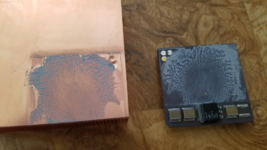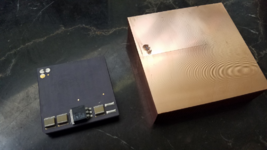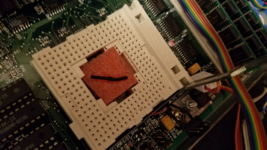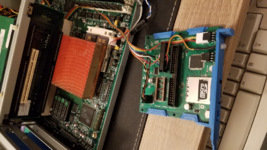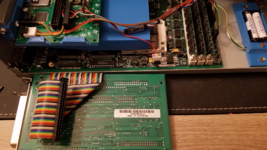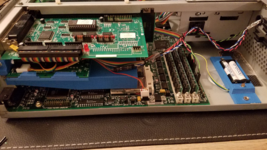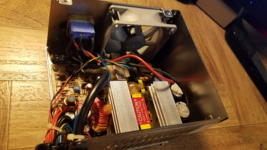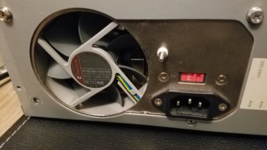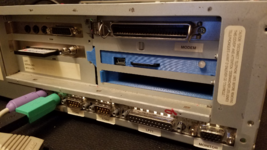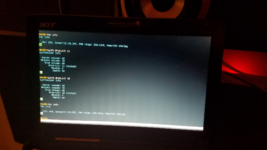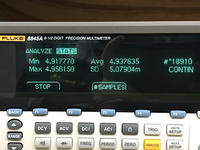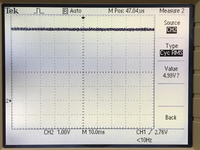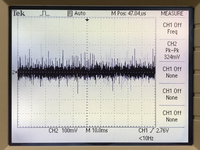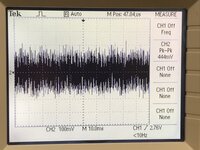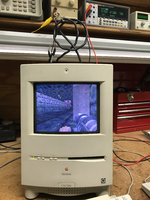My new video below is dedicated with humble appreciation to
@YMK for having kindly and patiently taught me the better way to heatsink a hot 68040 processor, as described earlier in this thread. If any of you want to better cool a hot 68040 CPU, especially when overclocking, this video is for you!
I'd also like to give a big shout out of thanks to
@Kay K.M.Mods who got me started on this Color Classic modding adventure. Kay, you're an amazing person. You do shockingly good repairs (so good they bring tears to my eyes), and your online store is filled with endless delights.
Friends, this will be my final video for a while, due to my wife's cancer surgery on the 25th of this month. Please see the
closing segment of my Apple IIe Card Part II video for details. I will of course try to stay active here on TD, and by PM & email. It's just that I won't have spare time for video work until my wife is back at home and on her path to recovery. Humble thanks to all of you for your kind words of support. It means a lot to me.

